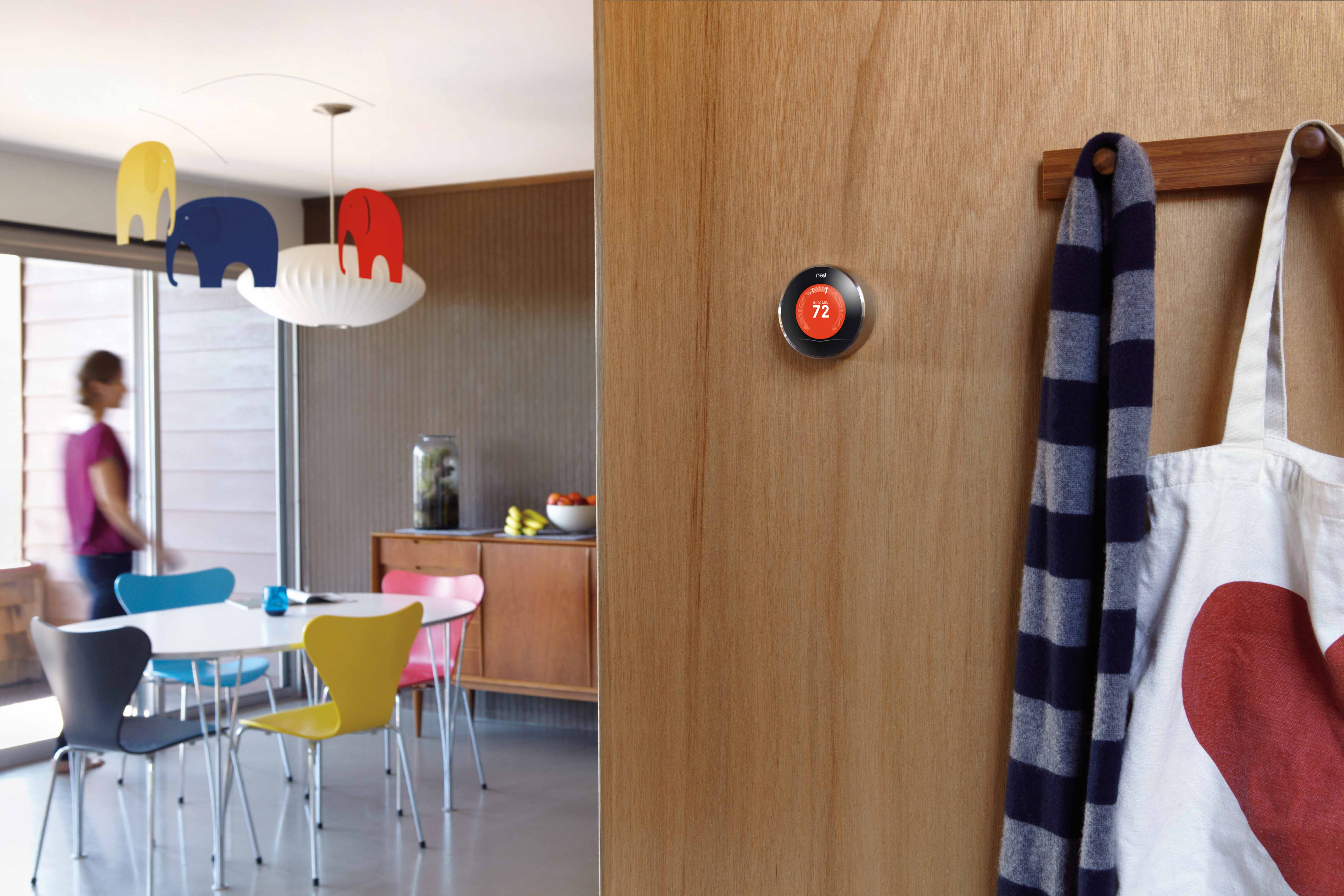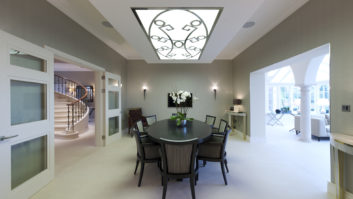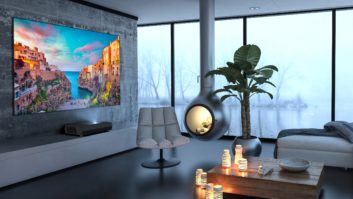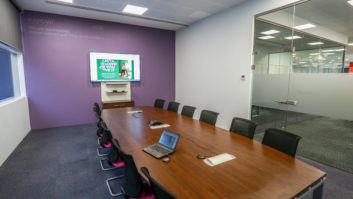
In the world of smart homes and home automation, where everything is automated to provide enhanced levels of control and functionality, individual control devices and apps are rapidly generating mass-appeal. But how are control companies coping with managing apps that essentially manage other devices?
“We welcome the situation,” commented Paul Williams, vice president of security and communications products at Control4. “It brings wider market awareness and people who have seen home automation in upmarket homes realise that it is obtainable to them too, albeit at a less luxurious level. This leads them to develop their own ideas of what they would like to achieve beyond a disparate selection of apps on an iPad, and they often come to Control4 as the first step in an integrated home automation solution that binds their individual components together in a ‘one-app-to-rule-them-all’ type of solution.”
A vast number of new apps, and the necessary hardware modules needed to provide the interface to physical equipment, have been designed and released by start-up companies. These are often funded by crowd funding initiatives that have no previous experience of product design, development and, most crucially, testing.
The net result is that anybody interested in automating their home can achieve a reasonable level of controllability themselves, aided by the advanced auto-installation and plug-and-play capability of most apps. This likely leads to multiple applications that a user has to switch between to achieve any sort of comfortable environment.
“Devices and services like Kaleidescape, Sonos and Spotify are built around iOS apps, so it is unnecessary and a real overhead to develop a control app that reinvents the way they operate,” commented David Webster, chief technical officer for RGB Comms. “New features require updates to the control interface which means ongoing work, or at worst the customer relies on out-of-date features. What is needed is a method of running two or more apps on screen at the same time to enable better ergonomic control of several service at once.
However: “Proving reliable operation of an app for use across the vast number of operating system versions over iOS and Android devices incurs a massive overhead in testing,” said Williams. “Users cannot be subject to unreliable software that may heat their home in summer or leave it unsecured.”
Martin Noar, technical director of Marine Entertainment Systems pointed out that some brands may scupper a higher all-encompassing control method. “We would need to have access to the control protocol, as used with the app, to incorporate them into our traditional control systems but that should be possible, given the co-operation of the manufacturer,” he said. “However, despite claiming to be IP-enabled, several leading-brand manufacturers do not make their IP protocol strings available for use with third-party controllers, forcing us to return to the primitive method of creating IR transmissions in order to control their devices, which is less convenient and robust.”
www.control4.com
www.rgbcomms.co.uk
www.amx.com
www.crestron.eu
www.savant.co.uk





